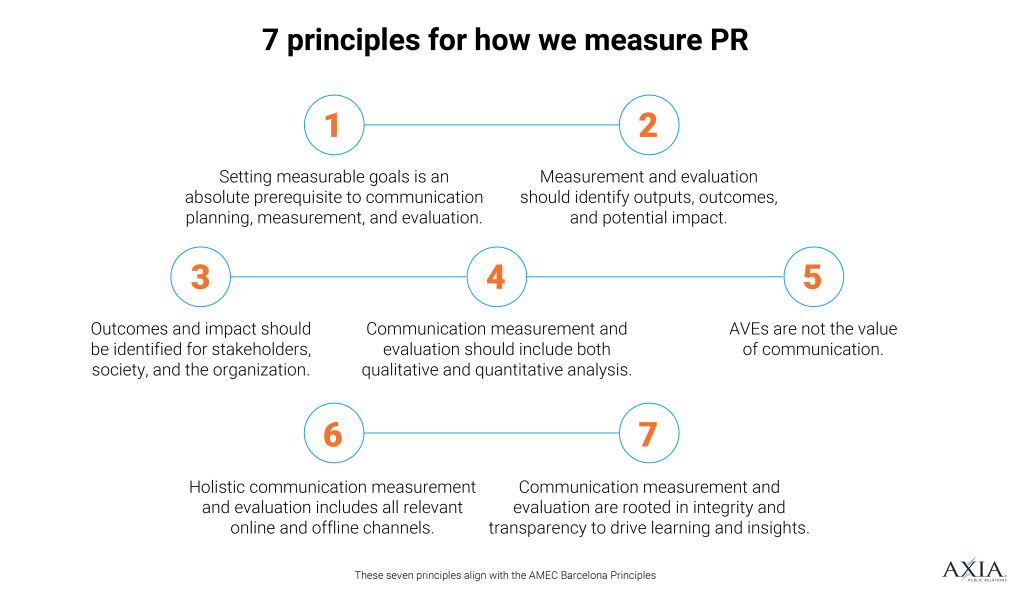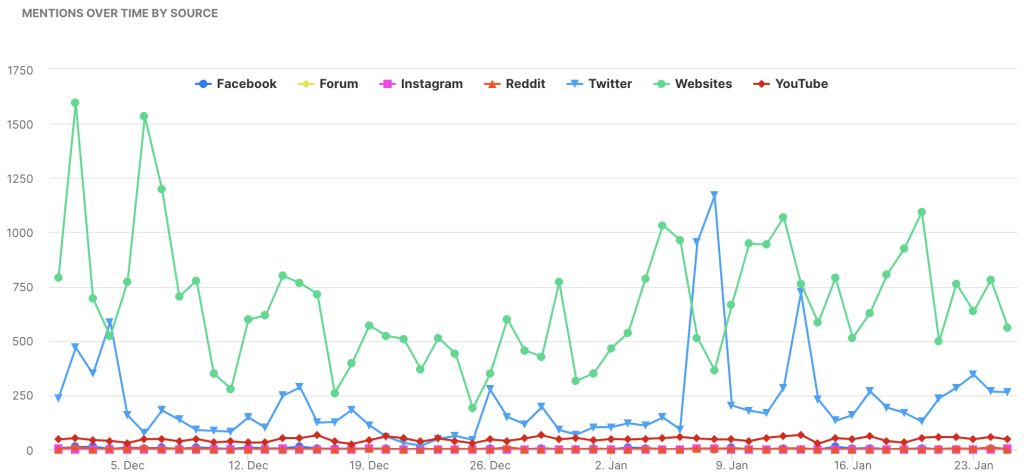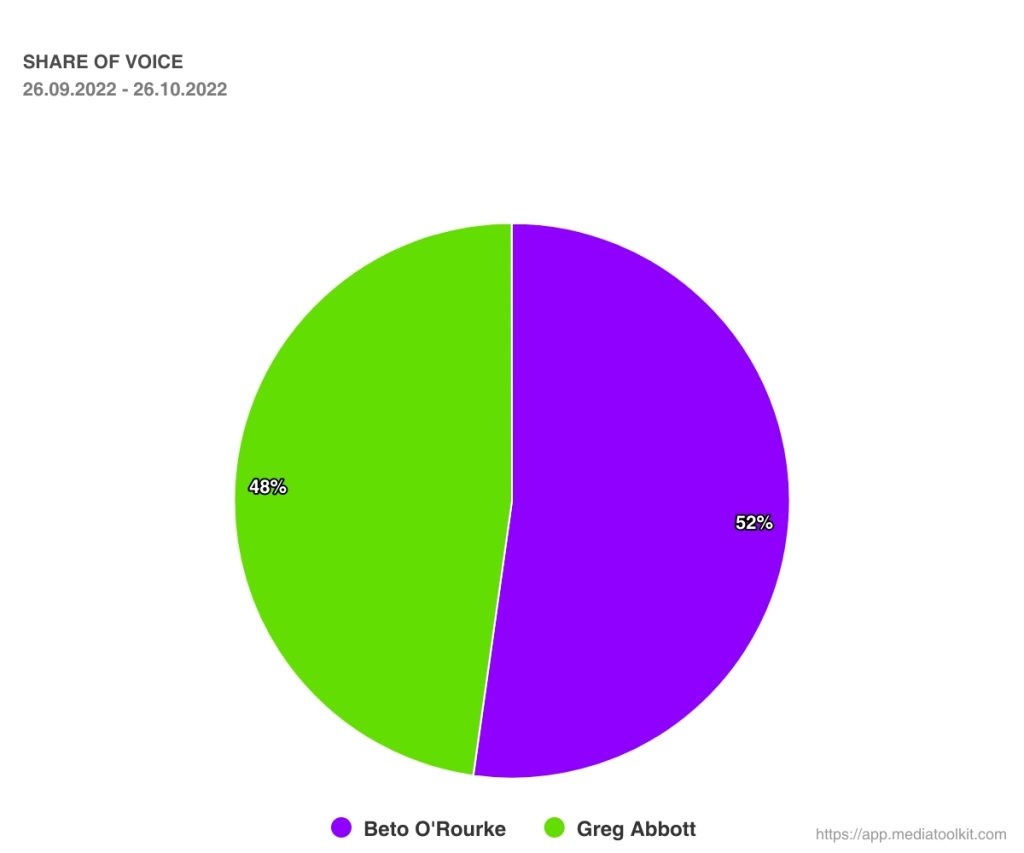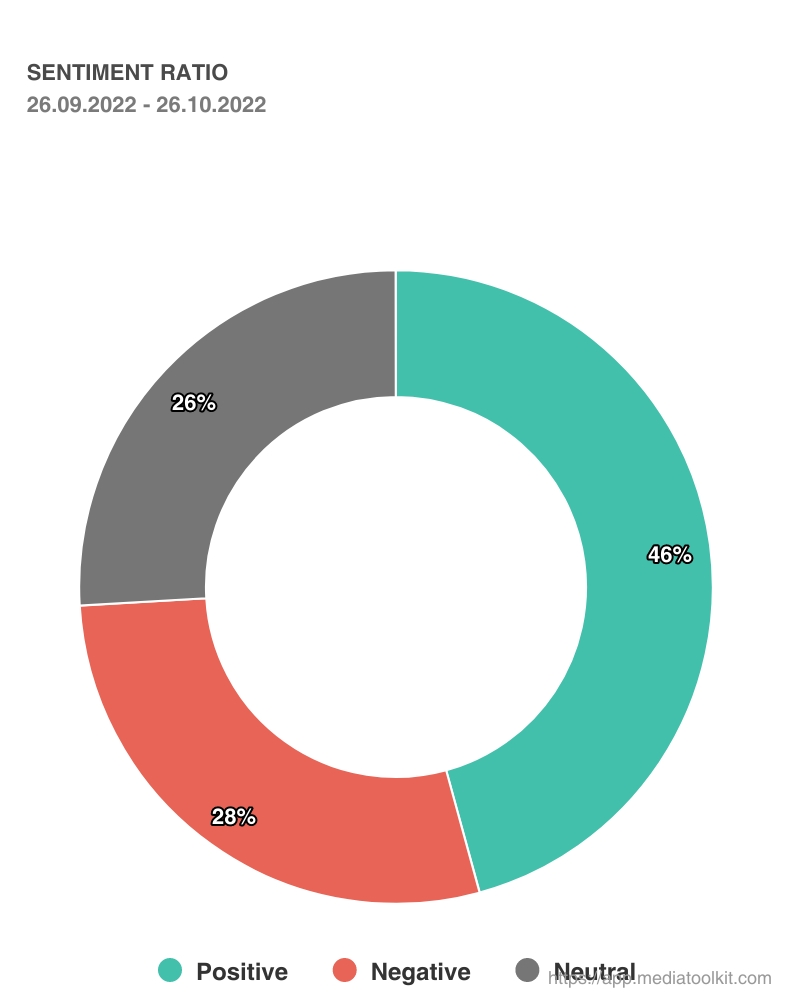Whether it’s your first or fifth campaign, political PR campaign metrics are critical data points that you must have. They inform you of your progress and areas for improvement. They assist you in setting achievable, realistic goals for your campaign that will produce measurable outcomes.
? Read Digital PR Explained: Best Strategies and Tools
But not every metric is equally significant. We’ll get into the steps you should take before analyzing political PR metrics and then point out several key metrics you should be aware of, what they signify, and which are most relevant to your campaign.

The Importance of the Barcelona Principles in Political PR Measurement
The Barcelona Principles, which represent an industry-wide consensus on the subject, lay out the fundamental ideas behind PR and communication measurement.
They show proof of performance as well as how to encourage further development. The Principles serve as a manual for practitioners to merge the constantly changing media world into an open, trustworthy, and consistent framework.
7 Steps to Take Before Analyzing Political PR Metrics
Step 1: Set Goals
The first Barcelona principle says: “Setting goals is an absolute prerequisite to communications planning, measurement, and evaluation.”
Our starting point is the established theme: set goals. Make sure to create quantifiable objectives for your PR campaign.
It’s important to understand goals and their significance for long-term success. You want to affect change here, not just achieve a set of KPIs. Adhere to the core “who, what, how much, and when” questions.
- Who are you attempting to reach?
- Why are you speaking to them?
- How much of a change are you attempting?
- When do you want everything to occur?
When it’s time to assess your performance, solely compare it to the objectives you set before the campaign.
Why? If your goals are realistic, the presence of side effects is not a sign of success. Imagine an article having a massive increase in views but poor participation. Regardless of vanity metrics, if you aimed to boost interaction, it failed.

Step 2: Think about the impact, not only outputs and outcomes
The second Barcelona principle says: “Measurement and Evaluation Should Identify Outputs, Outcomes, and Potential Impact.”
The idea that communications have an influence is not new, but differentiating ‘impact’ from ‘result’ is. It might reflect a generational tendency to be more concerned about the broader effects of their decisions, according to a 2008 study.
According to the study, people give a lot of thought to the mission and sincerity of the people they support in addition to making random point-of-sale donations or taking part in charity runs. That’s why it’s vital to consider the impact your campaign will have, as this will serve to create opinions.
However, there is no one appropriate technique to measure the organizational and social impacts you wish to measure.
Step 3: Define hypotheses for investors, society, and the party
The third Barcelona principle says: “Outcomes and Impact Should Be Identified For Stakeholders, Society, & the Organization.”
Reach, reputation, etc., are outcomes for investors. Outcomes for the organization (political party) are far more complex, and impacts on society outweigh those of the other two.
You should approach these measurements scientifically. Create a hypothesis for the broader effects of your campaign. What consequences will your campaign have for X? What will Y do?
When evaluating, remember your hypothesis and take into account your findings. You want to evaluate based on the hypothesis you come up with, similar to your goals.
Several additional issues may hinder accurate measurements and evaluations. Other segments within your organization have the power to affect these results as well.
Let’s look at an illustration. Say you are tracking the evolution of a political party’s reputation. It’s highly improbable that you can pinpoint your efforts as the reason for any change if you run a significant marketing campaign simultaneously with your communications.
It would be best if you considered narrower measurement techniques to test your theory against to make adjustments, such as asking pointed questions during an interview regarding certain communications.
Read How to Run a Political Campaign with Media Monitoring
Step 4: Consider qualitative and quantitative analysis
The fourth Barcelona principle says: “Communication Measurement and Evaluation Should Include Both Qualitative and Quantitative Analysis.”
Views, bounce rates, reach, and likes have all been used quantitatively to date when making decisions based on statistics. However, big data still makes it challenging to extract qualities.
This doesn’t defy the fact they’re both crucial.
Attempt to respond to three questions:
- How did your messaging reach your target audience?
- Did you do it via the intended method or strategy?
- What were their conclusions?
By dissecting these, we can see that each calls for some combination of qualitative and quantitative measurements.
Quantitative
For cross-channel research:
- Reach or impressions
- Competitive share of voice
- Engagement with earned/owned/paid content across channels
- Sharing of earned/owned/paid content across channels
Qualitative
For cross-channel research:
- Sentiment responses
- Third-party endorsements/mentions across media outlets
- Influence score of mentions

So, measure outcomes and development, not just success; measure often to monitor trends; utilize a good balance of qualitative and quantitative indicators to drive your evaluation.
Step 5: Forget about advertising value equivalent.
The fifth Barcelona principle says: “AVEs are Not the Value of Communication.”
AVE is no longer as widely used as it once was. AVE means “advertising value equivalent,” and this would suggest measuring the amount of space a communication took up in print media, radio, or TV.
So why don’t we widely use AVE? It’s impossible to boil down communications to just one metric. There are too many variables, too many audiences to comprehend, and too many possible effects to consider. You cannot measure effective communication in terms of money.
Step 6: Analyze all relevant online and offline channels
The sixth Barcelona principle says: “Holistic communication measurement and evaluation includes all relevant online and offline channels.”
In 2010., when the Barcelona principles were first introduced, the principle said, “social media can and should be measured.” Then in 2015., the principle said, “social media can and should be measured consistently with other media channels.”
Fast forward to 2022. everybody’s fully aware that social media is essential. However, it’s not the only platform. Radio and television are still viable media formats, and organic search is still the primary traffic source for most informational content. Additionally, email has also seen usage increases.
Keeping this in mind, every channel has its peculiarities. Your objectives, hypotheses, metrics, and final evaluations should consider the platform’s distinctiveness.

Step 7: Don’t sacrifice integrity and transparency
The seventh Barcelona principle says: “Communication Measurement and Evaluation Are Rooted in Integrity and Transparency to Drive Learning and Insights.”
In other words, integrity and transparency shouldn’t be sacrificed. Data privacy is crucial, and you must consider GDPR guidelines while using analytics techniques. You can collect useful information without breaking any rules, and the recipients of your communications deserve to have their privacy respected.
Internally, you should be honest in your evaluations as well. All biases should be eliminated, and you should be truthful while discussing failures.
5 Political PR Metrics That Matter
We’ve covered all the steps you should consider before focusing on specific metrics. Now let’s look at metrics you can use to get an overview of your PR and communication efforts.
#1 Share of voice
Political share of voice (PSOV) measures the proportion of online political talks that belong to a specific person or political party. In other words, it counts the number of times a politician’s name or viewpoint emerges in online political debates.
PSOV can be calculated using real-time social media monitoring technologies that follow online conversations, such as Determ.
Among all political PR metrics, this one can help you draw insights into which subjects are discussed most frequently, who is talking about them, and where these conversations are occurring.

Assisting campaigns in modifying their plan is one of the main advantages of tracking PSOV. A campaign can immediately change its tactics if it notices that its rival garners more online attention. PSOV can be used to monitor the effectiveness of particular campaign strategies.
For instance, a campaign will know it was effective if it starts a new social media campaign and PSOV increases. It is a valuable metric since it enables campaigns to monitor and assess their online presence compared to their rivals.
#2 Sentiment
In today’s environment, where public opinion is continuously shifting, sentiment listening is an even more accurate predictor of voter action than public opinion polls reveal what voters believe before casting their ballots. That’s why sentiment is one of the most important political PR metrics.

Voters’ moods can change at any point in the campaign, and it isn’t always clear what has happened. Determ, for example, provides you with real-time sentiment analysis and even alerts you when there is an increasing buzz around your client’s brand.
Sentiment analysis allows you to:
- Learn more about the voters
- Analyze the online reputation of your political party and its key people
- Measure the public opinion about a particular topic
- Detect crisis
- Track the success of political campaigns
#3 Word associations/Word cloud
Media monitoring software work in a way that collects all the information where you or any keyword that you’re tracking gets mentioned. This means thousands and thousands of raw data.
In Determ’s reports, you can have a quick overview of all the words that have been mentioned in correlation with the tracked keyword. This means all these mentions get converted into word clouds to help visualize the rhetoric of, for example, a political party. The font size of each word is relative to its frequency of use.
Moreover, you can draw out the exact expressions people use and reuse them when creating communication strategies for the campaign.
Read How to Track Reputation after a Political Campaign with Media Monitoring
#4 Media outlets
When distributing press releases, it’s a tedious task to keep track of each one that has been published. This means keeping an updated spreadsheet and manually finding all the articles on the websites you’ve reached out to.
Media monitoring tools, such as Determ, make this process much easier. In the tool, you could search for the name of your press release or any other information you’ve used to differentiate this specific press release. All these sources get tracked down automatically via the tool, and you get a complete list of all the mentions. Aside from this, you get other metrics that could benefit you—Ie, reach and shares, virality assessment, sources, etc.
#5 Sources
This knowledge makes it simple to identify the platforms where your target audience is most engaged. Therefore, these sites are probably the most significant places to carry out your upcoming campaign initiatives and grab more attention.
Furthermore, it can help you identify which sources you’re lacking and where you need to improve. If you want to reach as many people that share your views, it’s incredibly relevant to be present across different platforms. Determ provides this information inside its reporting tab.
The tool also provides an overview of the mentions across sources over time. This way, you can identify which topics raised conversations on which platforms and might help you shape future content.
To Sum Up
There are several metrics you can keep an eye out for in order to analyze your success. Media monitoring tools such as Determ, collects your data in a single dashboard for you to have easy and quick access to.However, it’s important to not forget about other aspects of your political campaign mentioned at the beginning of the article.



